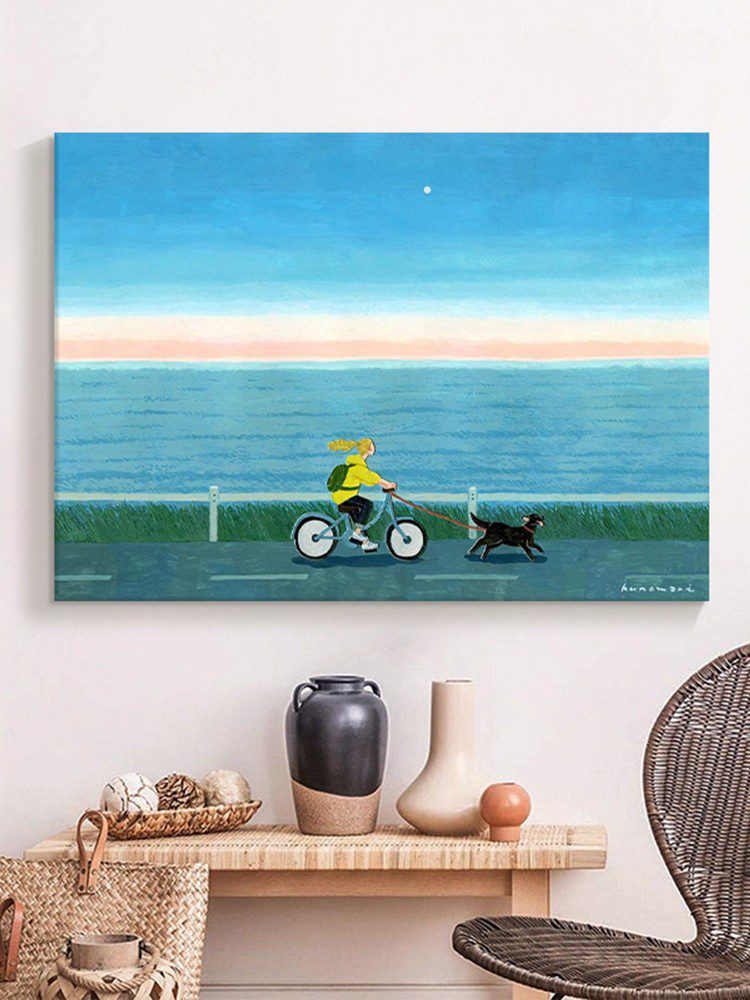Preventing Unwanted Mud or Dullness in Paintings: Essential Strategas for Artists
Achieving clean, vibrant colors in artwork requires intentional techniques and mindful habits. Dirty or muddy mixtures often result from poor color management, improper tool use, or environmental factors. By addressing these areas, artists can maintain clarity and brightness throughout their creative process.
Mastering Color Mixing to Avoid Muddy Hues
One of the primary causes of dirty mixtures is over-blending complementary colors. When red and green, blue and orange, or yellow and purple are combined in equal parts, they neutralize each other, creating a dull, grayish tone. To prevent this, artists should approach complementary pairs with caution. Instead of mixing them directly, try layering transparent glazes of each color over a neutral base. This allows light to pass through multiple layers, creating depth without sacrificing vibrancy.
Another common mistake is introducing too many colors into a single mixture. Each additional pigment increases the risk of chromatic conflict, leading to a lack of focus. Start with a dominant color and gradually add small amounts of secondary hues to adjust temperature or value. For example, when creating a green, begin with blue and yellow, then introduce a touch of red to warm the shade or a hint of white to lighten it. This method ensures control over the outcome while preserving color purity.
Understanding color temperature is also crucial. Warm colors (reds, yellows, oranges) and cool colors (blues, greens, purples) interact differently when mixed. Combining warm and cool tones in unbalanced proportions can result in a flat, lifeless appearance. To maintain harmony, decide whether the mixture should lean toward warmth or coolness and adjust accordingly. For instance, a sunset might require predominantly warm reds with a slight cool blue to suggest shadows, rather than an even split of both.
Proper Brush and Tool Maintenance for Clean Application
Dirty brushes are a leading cause of unintended color contamination. Residual paint from previous sessions can mix with fresh colors, creating streaks or patches of mud. To avoid this, artists should clean their brushes thoroughly after each use. For oil-based paints, wipe excess paint with a rag, then rinse in a solvent like turpentine or odorless mineral spirits. Follow up with a mild soap and water wash to remove any remaining residue. For acrylics or watercolors, rinse brushes under running water until the water runs clear, then reshape the bristles and let them dry horizontally to prevent water from pooling at the ferrule.
Storing brushes correctly also prevents dirt accumulation. Avoid leaving them bristle-down in a jar, as this can bend or splay the hairs. Instead, use a brush holder or lay them flat on a clean surface. If storing for long periods, wrap brushes in tissue paper or a soft cloth to protect the bristles from dust and physical damage.
Palette knives and other tools require similar attention. Wipe them with a clean rag after each use to remove wet paint, then wash them with soap and water if necessary. Dry tools thoroughly before storing to prevent rust or corrosion, which can introduce impurities into future mixtures.
Controlling the Workspace Environment to Minimize Dirt
The painting environment plays a significant role in maintaining cleanliness. Dust, pet hair, or airborne particles can settle onto wet layers, creating a gritty texture or dulling colors. To reduce this risk, artists should work in a dedicated, enclosed space whenever possible. If painting outdoors, choose a calm day with minimal wind to prevent debris from blowing onto the canvas.
Regular cleaning of the workspace is equally important. Sweep or vacuum floors before starting a session to remove loose dirt. Wipe down surfaces with a damp cloth to eliminate dust that might transfer to brushes or palettes. Keeping the area organized also helps—cluttered spaces increase the likelihood of accidental spills or contamination.
Lighting conditions affect both color perception and cleanliness. Natural daylight or full-spectrum bulbs provide the most accurate representation of hues, helping artists identify muddy tones early. Avoid working under tungsten or fluorescent lights, which cast yellow or green tints that distort true colors. Position lamps or windows to illuminate the workspace evenly, reducing shadows that might hide dirt or uneven applications.
Strategic Layering Techniques to Preserve Color Clarity
Layering paint incorrectly can lead to muddiness, especially when working with opaque mediums. To maintain vibrancy, start with thin, transparent washes to establish the underpainting. This approach allows light to penetrate deeper layers, creating a luminous effect. Gradually build up opacity by adding thicker applications of paint, focusing on areas that require more definition or contrast.
When blending layers, avoid excessive rubbing or overworking the surface. This can mix colors too thoroughly, resulting in a uniform but dull appearance. Instead, use soft, directional strokes to merge edges subtly. For oil paintings, consider using a dry brush technique to lightly feather one color into another without fully blending them.
Glazing is another effective method for enhancing color without introducing dirt. Apply a thin, transparent layer of paint diluted with a medium (such as linseed oil for oils or water for acrylics) over a dried underlayer. This creates a stained-glass effect, intensifying hues while keeping them distinct. Multiple glazes can be added to build complexity, provided each layer dries completely before the next is applied.
By focusing on color mixing precision, tool care, environmental control, and layering techniques, artists can significantly reduce the risk of dirty or muddy paintings. These practices not only improve the immediate quality of the work but also contribute to its long-term visual impact and durability.
